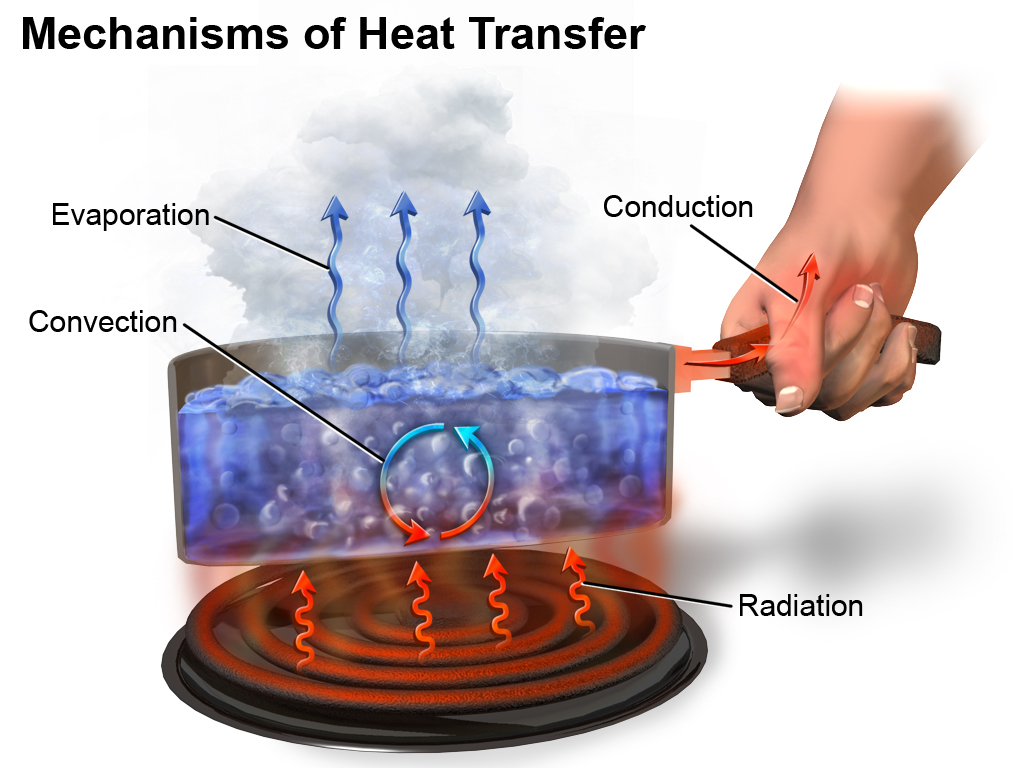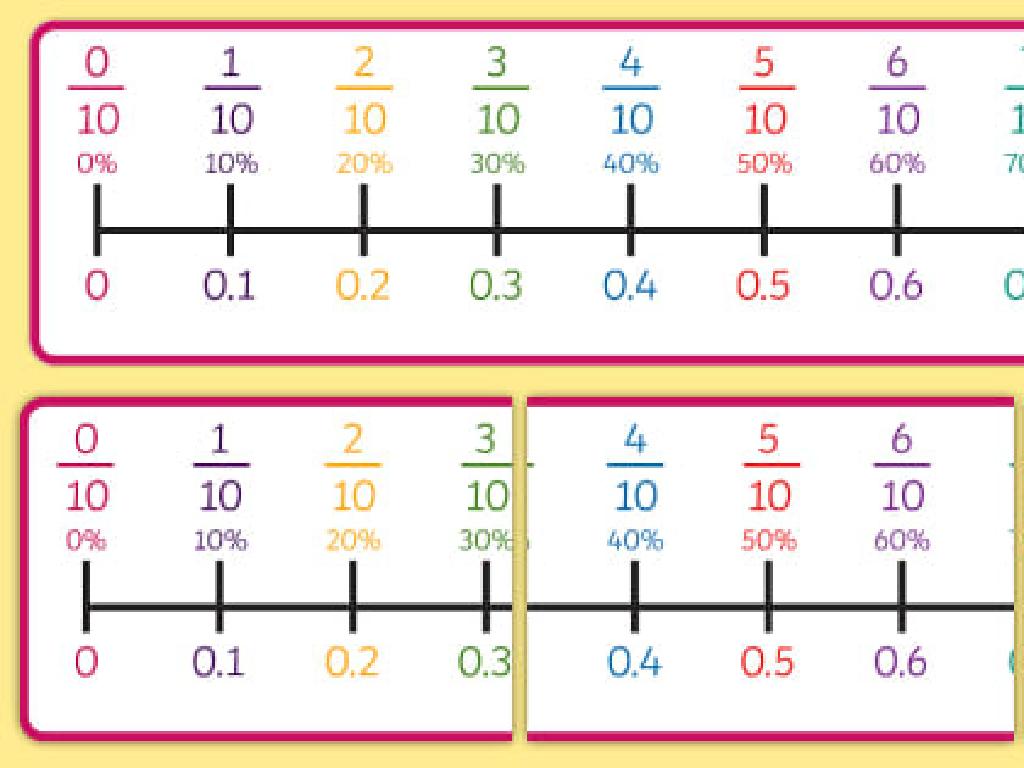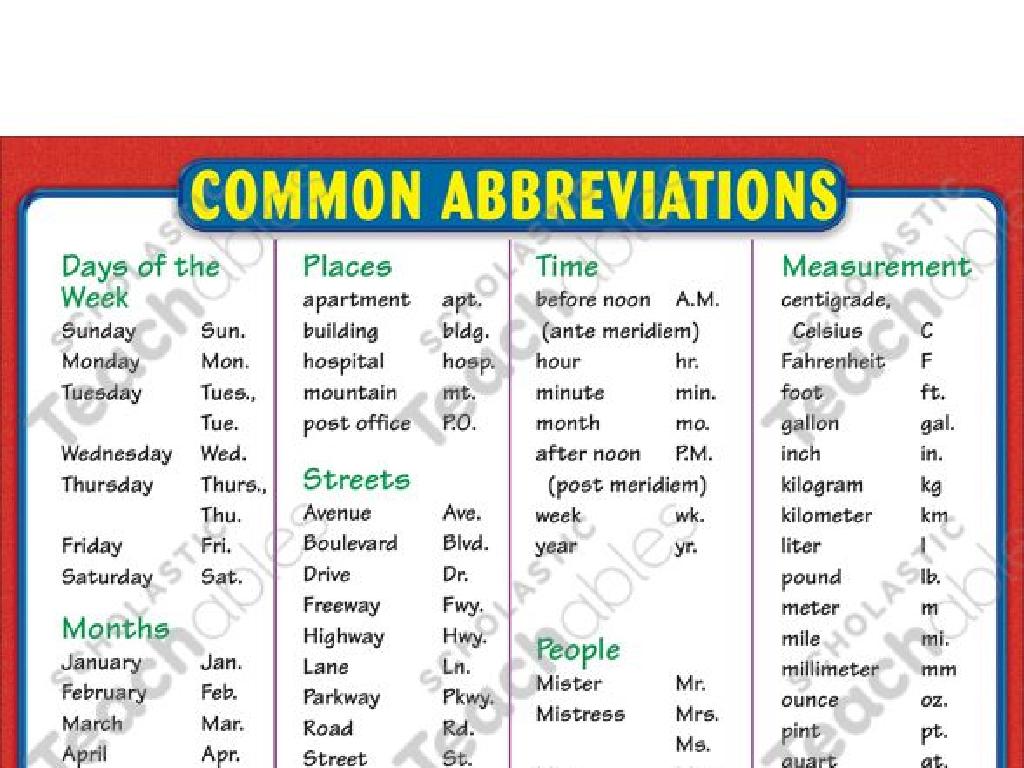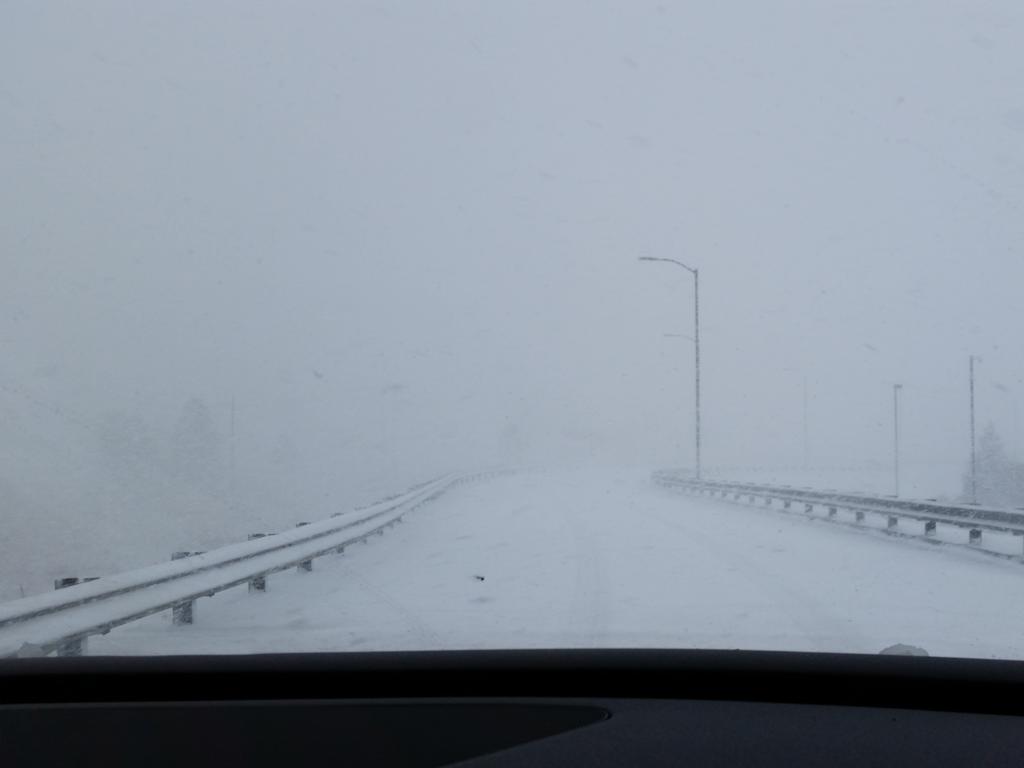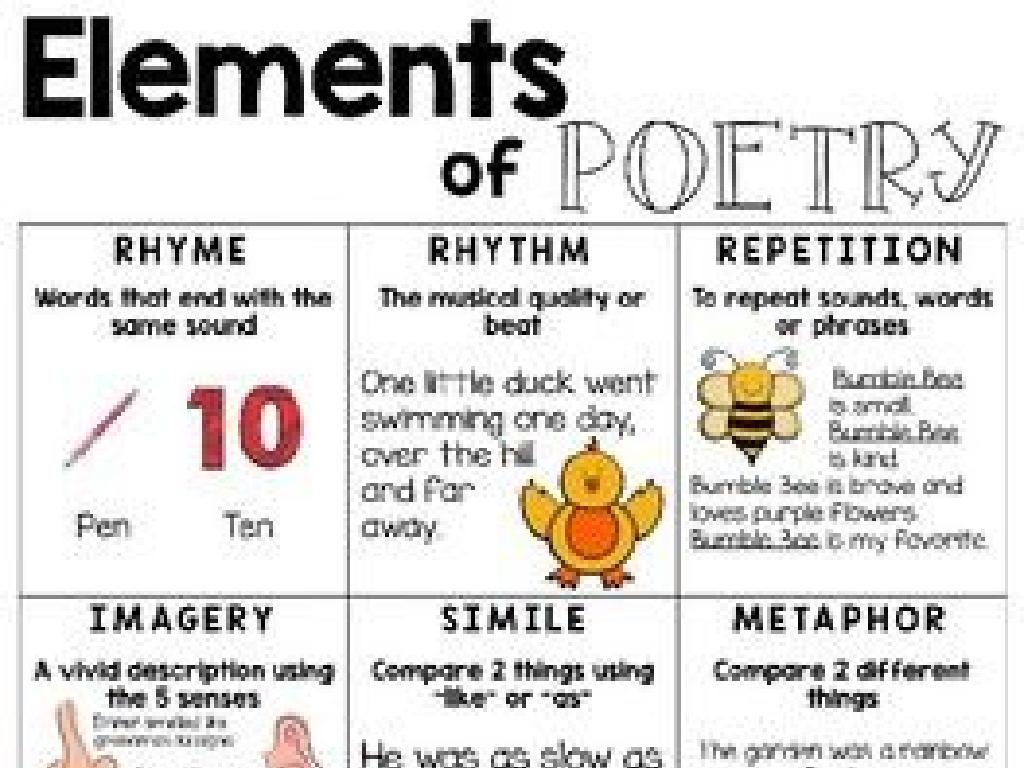Compare Urban, Suburban, And Rural Areas
Subject: Social studies
Grade: Third grade
Topic: Geography
Please LOG IN to download the presentation. Access is available to registered users only.
View More Content
Exploring Community Types
– Urban areas: bustling cities
– Skyscrapers, lots of people, and busy streets
– Suburban areas: quiet neighborhoods
– Family homes, schools nearby, and less crowded
– Rural areas: wide-open spaces
– Farms, forests, and fewer people
– Comparing community characteristics
|
This slide introduces students to the concept of different community types. Urban areas are typically densely populated with tall buildings and busy streets. Suburban areas offer a more relaxed environment with single-family homes and local schools. Rural areas are known for their open spaces, such as farms and forests, and have a smaller population. Encourage students to think about the characteristics of each type of community and how they differ from each other. Ask them to consider where they live and which category their community falls into. This will help them relate personally to the material and better understand the distinctions between urban, suburban, and rural areas.
Exploring Communities
– Definition of a community
– A group of people living together or sharing common traits
– Size of communities
– Communities vary from a few people to millions
– Location of communities
– Can be found in cities, towns, or countryside
– Types: urban, suburban, rural
– Urban: busy cities, Suburban: near cities, Rural: open countryside
|
This slide introduces the concept of communities to third-grade students. Begin by explaining that a community is a group of people who live in the same area or share something in common, like a school or a love for soccer. Highlight that communities come in all sizes, from just a few families in a rural area to millions of people in a big city. Discuss the different locations where communities can be found, emphasizing the three main types: urban, suburban, and rural. Urban communities are typically in large cities with lots of buildings and people. Suburban areas are usually quieter, near cities, with more houses and space. Rural areas are in the countryside with farms and open land. Encourage students to think about their own community and where it might fit in these categories.
Exploring Urban Areas
– Urban areas, also called cities
– Urban areas are densely populated and developed areas with many different buildings and structures.
– Cities are bustling with activity
– Cities are often lively with people and vehicles moving around at all hours.
– Many buildings and lots of people
– Urban areas are characterized by high-rise buildings, apartments, and crowded streets.
– Access to various services
– Cities provide amenities like hospitals, schools, stores, and more for convenience.
|
This slide introduces students to the concept of urban areas, which are more commonly known as cities. Emphasize the characteristics of urban life, such as the high population density, the presence of many buildings including skyscrapers, and the constant activity. Highlight the availability of various services that make life convenient in cities, such as healthcare, education, and shopping. Use pictures or stories of familiar cities to make the content relatable. Encourage students to think about any experiences they have had in cities and what they noticed about the environment compared to their own community.
Exploring Suburban Areas
– Suburbs: near cities
– Suburbs are residential areas close to urban areas.
– Homes with yards and parks
– Suburbs often have single-family homes with gardens and community parks.
– Smaller shops than cities
– Instead of big malls, suburbs might have small local stores.
– Less crowded, more space
– Suburbs offer more room for playing and less traffic than cities.
|
This slide introduces students to the concept of suburban areas as part of the lesson on comparing different community types. Suburbs are typically found on the outskirts of a city and offer a mix of urban and rural features. Emphasize the characteristics of suburban living, such as detached houses with yards, the presence of parks where children can play, and the availability of local shops. Highlight the fact that suburbs are generally less densely populated than cities, which can mean less noise and more space for recreational activities. Encourage students to think about any experiences they have had in suburban areas and how those compare to urban and rural settings they may be familiar with.
Exploring Rural Areas
– Rural areas: countryside locations
– Characterized by open space and farms
– Think fields, barns, and lots of greenery
– Fewer buildings and people
– Small houses spread out, not many tall buildings
– Life is quieter than cities
– Less noise, traffic, and often a slower pace of life
|
This slide introduces students to rural areas, emphasizing their location in the countryside away from cities. Highlight the abundance of open spaces, presence of farms, and the natural environment that defines rural living. Explain that rural areas have fewer buildings and people, which contributes to a quieter lifestyle compared to the hustle and bustle of urban and suburban areas. Encourage students to think about the differences in sounds, activities, and the number of people they might find in rural areas versus their own community. Ask them to imagine living in a rural area and what their daily life might look like.
Comparing Communities: Urban, Suburban, and Rural
– Urban areas: bustling cities
– Lots of people, tall buildings, fast-paced
– Suburban areas: quieter neighborhoods
– Fewer people, single homes, relaxed pace
– Rural areas: peaceful countryside
– Small populations, farms, very calm
– Comparing population and buildings
|
This slide aims to help students understand the differences and similarities between urban, suburban, and rural communities. Urban areas are typically densely populated with high-rise buildings and a fast-paced lifestyle. Suburban areas offer a more relaxed environment with single-family homes and fewer people than cities. Rural areas are known for their peaceful, spacious landscapes, often with farms and a small population. Encourage students to think about their own community and where it fits in these categories. Discuss how the number of people affects the community’s pace of life and the types of buildings found there. This comparison will help students grasp the concept of community diversity and the factors that define each area.
Exploring Our State: Area Types
– Urban areas: cities with lots of buildings
– Think of our big cities with tall buildings and busy streets.
– Suburban areas: homes with yards near cities
– Picture neighborhoods with houses, schools, and parks.
– Rural areas: countryside with farms and forests
– Imagine open spaces, fields, animals, and fewer houses.
– Map observation activity
|
This slide is designed to help students visually differentiate between urban, suburban, and rural areas within the context of their own state. Begin by explaining each area type with descriptions and examples they can relate to. Use a map of your state to point out specific examples of each area. Encourage students to observe the map and identify characteristics that distinguish the different areas, such as the density of buildings or the presence of natural landscapes. This activity will help solidify their understanding of the geographical concepts and how they apply to their immediate environment.
Class Activity: Community Collage
– Create a collage of communities
– Cut or draw urban, suburban, rural
– Urban: skyscrapers, buses; Suburban: houses, lawns; Rural: farms, forests
– Share with the class
– Explain your picture choices
– Tell us what each picture represents
|
This activity is designed to help students visually differentiate between urban, suburban, and rural communities. Provide students with magazines, scissors, glue, and drawing materials. Guide them to look for images that represent the characteristics of each type of area: tall buildings and busy streets for urban; family homes and yards for suburban; open spaces and agricultural land for rural. After creating their collages, students will present them to the class, explaining their image choices and what they’ve learned about the differences between these communities. This will reinforce their understanding of geography and community types. Encourage creativity and ensure each student has the opportunity to explain their work.

